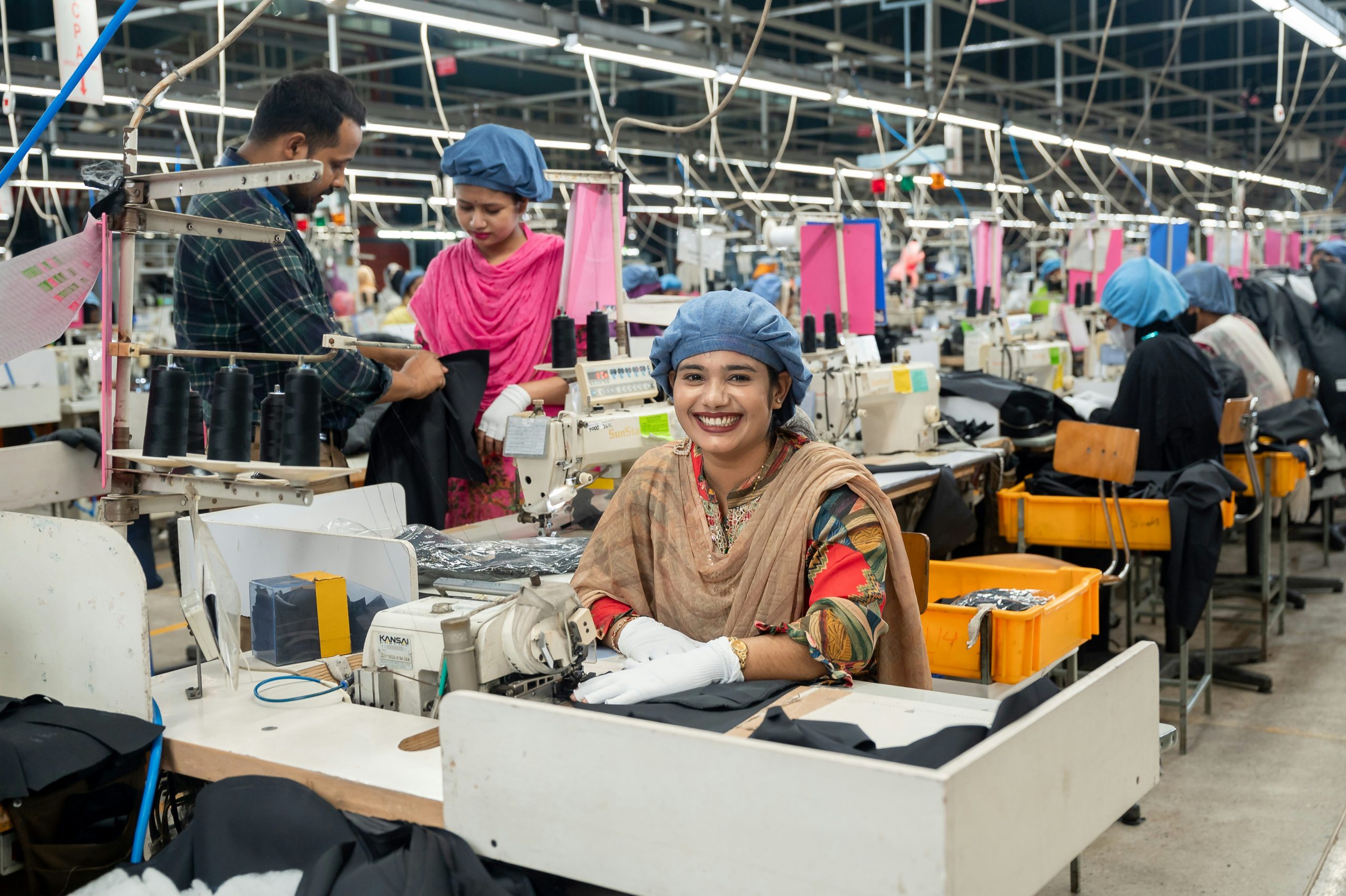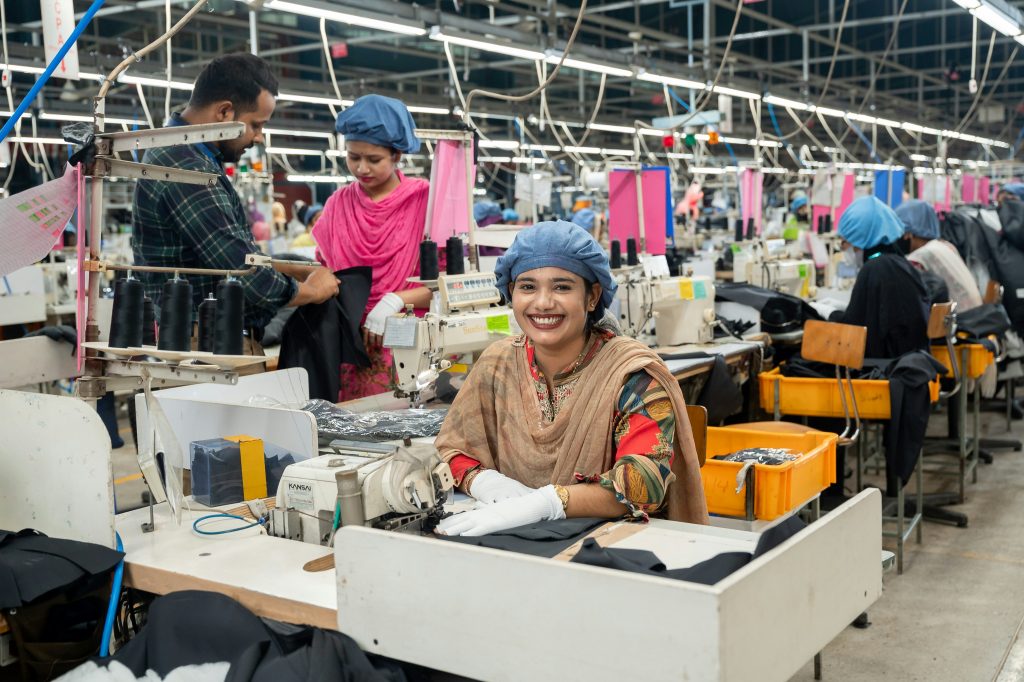
-
March 18, 2025
Unlocking Economic Growth: The Power of Women’s Participation
Why Women Are the Future of Inclusive Economic Development

Fatima Alvi

Unlocking Economic Growth: The Power of Women’s Participation
Why Women Are the Future of Inclusive Economic Development
Date: 18/03/2025
In a rapidly evolving global economy, one truth is becoming clearer than ever: no nation can reach its full economic potential without the active participation of women. Across industries and regions, the data shows that empowering women to engage meaningfully in the economy isn’t just about fairness—it’s a smart economic strategy with far-reaching impact.
Women make up half of the world’s population, but they continue to be underrepresented in the workforce, underpaid in comparison to men, and often left out of financial and entrepreneurial ecosystems. Bridging this gender gap isn’t merely a social imperative; it represents a multi-trillion-dollar opportunity for global economic growth.
The Economic Cost of Gender Inequality
According to the World Bank, limiting women’s access to jobs, education, and capital has cost the global economy over $160 trillion in lost income and productivity. In many developing countries, cultural, legal, and institutional barriers prevent women from entering the workforce or starting businesses.
Even in more advanced economies, women often face a “glass ceiling” that restricts their career progression. Gender wage gaps persist, and caregiving responsibilities disproportionately fall on women—pushing many out of full-time employment.
By removing these barriers and ensuring equal access to economic resources, global GDP could increase significantly. McKinsey estimates that advancing gender equality could add $12 trillion to the global economy by 2025.
Why Investing in Women Pays Off
When women work, economies grow. Research shows that women reinvest up to 90% of their income back into their families and communities, compared to 30–40% by men. This creates a ripple effect—better education, health, and economic outcomes for future generations.
Furthermore, companies with higher gender diversity in leadership outperform their peers in profitability, innovation, and productivity. Empowering women as leaders, entrepreneurs, and innovators creates stronger, more resilient economies.
Closing the Digital and Financial Gender Divide
One of the biggest barriers to women’s economic participation is lack of access to digital tools and financial services. In low- and middle-income countries, women are 7% less likely to own a smartphone and 20% less likely to access the internet than men. The financial divide is even more stark: nearly 1 billion women globally are unbanked.
Digital and financial inclusion programs are now critical. Fintech companies like Kistpay, NGOs, and multilateral organizations are working to equip women with smartphones, digital literacy training, and access to mobile banking. When women can access finance and markets digitally, they are more likely to start and grow businesses—further accelerating development.
What Needs to Change: Policies and Mindsets
Real change requires a mix of supportive public policies, private-sector initiatives, and cultural shifts. Governments must create laws that guarantee equal pay, parental leave, property rights, and protection from discrimination. Private companies need to foster inclusive hiring, promote women into leadership, and invest in upskilling programs.
Just as importantly, society must rethink outdated gender roles and challenge norms that hold women back. Gender equity isn’t just a women’s issue—it’s a global economic priority.
Conclusion: Women Are Not Just Beneficiaries—They Are Economic Drivers
The path to a stronger, more inclusive global economy runs through the empowerment of women. When we invest in women—through education, technology, finance, and leadership opportunities—we invest in everyone’s future.
Unlocking women’s potential is not charity. It is sound economic policy, strategic investment, and the key to lasting prosperity.
Gender Equality Economy – Economic Empowerment – Financial Inclusion – Women Entrepreneurs – Gender Wage Gap – Inclusive Economic Growth

Leave a Reply